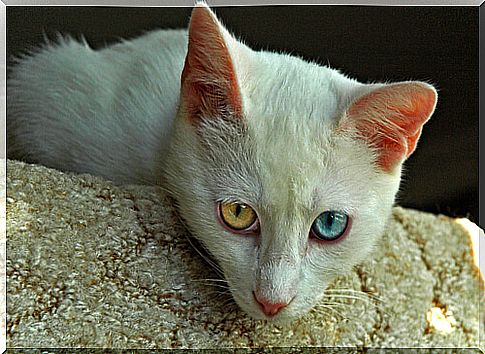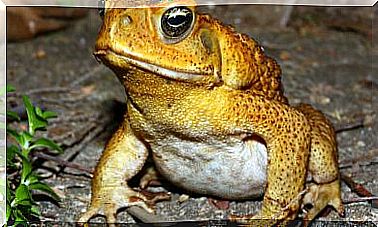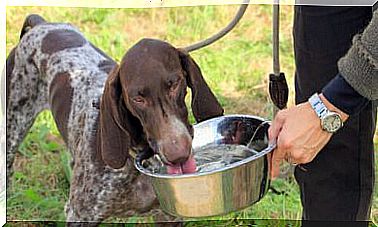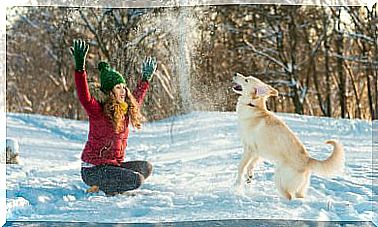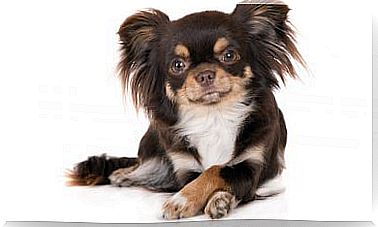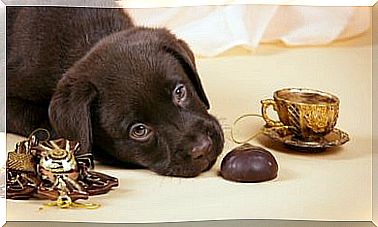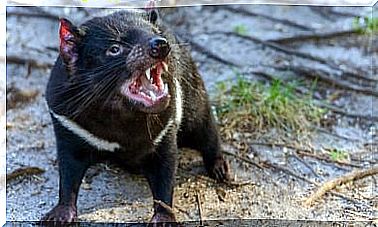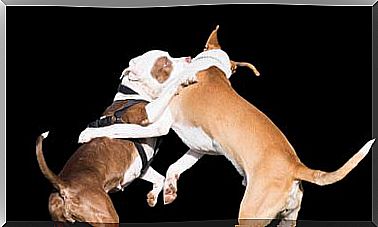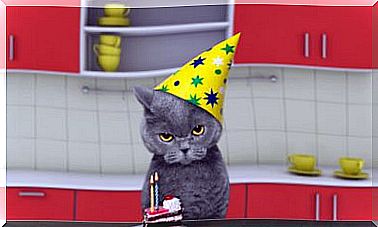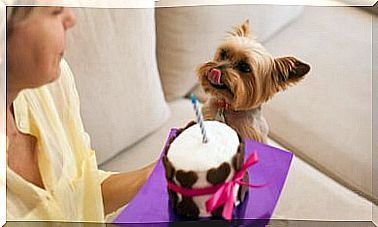Cat Ocicat, A Wild-looking Pussycat
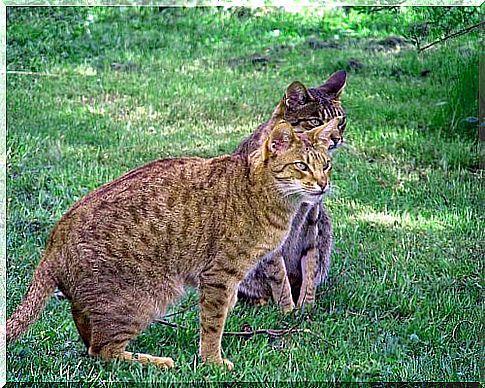
Would you like to have a kitten with the appearance of a wild cat that is both cuddly and playful? Well, this is the Ocicat cat, a pet that is reminiscent of the ocelot (hence its name), but which is ideal for living inside a house and in the company of other pets. Here we tell you all the details about this beautiful breed created in the United States in the second half of the 20th century.
A cat born from the cross of five breeds
The Ocicat arises from the fusion of several cat breeds :
- Siamese
- Egyptian Mau
- Oriental
- Abyssinian
- American shorthair
In the 1960s some American breeders pushed for selective crosses in search of a wild-looking pussycat. Thus they came to this beautiful and slender animal, which has mottled patterns on its fur and is very popular today in its country of origin and in others in Latin America. However, it is little known in Europe.
The breed was officially recognized by The International Cat Association (TICA) in 1987 and by the International Feline Federation (FIFe) in 1992.
Today we introduce you to the Ocicat, an affectionate and ideal kitten to live inside a house, but with all the appearance of a wild cat. The ‘ocelot cat’ is the result of the crossing of five breeds. This is how an elegant, athletic animal was achieved, with a mottled coat and a lively, playful character that coexists very well with children, the elderly and other pets.
Physical characteristics of the Ocicat
Along with the Egyptian Mau and the Bengali, the Ocicat is one of the wildest-looking breeds of kittens.
Among the physical characteristics of this elegant and athletic ‘ocelot cat’, it should be noted:
- Body: muscular, long and slim. Of robust bones.
- Weight: Between four and six kilos for males and between two and four for females.
- Head: medium in size, slightly triangular in shape and rounded outlines. It is wider than it is long. The muzzle is short.
- Eyes: large and oval. Somewhat oblique. Of various colors, except for blue.
- Nose: wide and medium.
- Ears: they are long, straight and with hairs like those of the lynx.
- Legs: Muscular and strong. Of medium length.
- Tail: fine but strong and long. It has ‘rings’ and a dark toned tip.
- Coat: short, fine, dense and silky.
- Colors: black, chocolate, tan, silver, blue and lilac (always in speckled patterns).
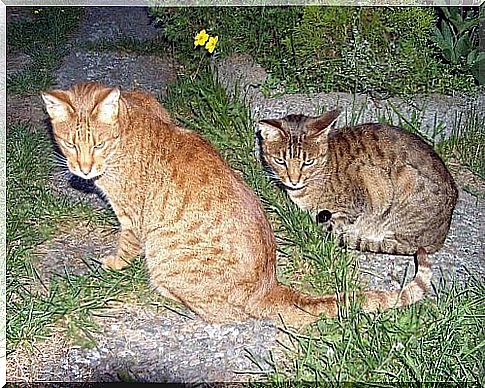
Know their personality and behavior
Sociable, faithful and companion, and despite its image of a wild cat, it is a cat with little aggressiveness. That is why it is ideal for living with the elderly, children and other pets.
Balanced and active, the Ocicat is always willing to play and be pampered, as it is very attached and affectionate with its owners. Also, like all good cats, besides being very intelligent and curious, they love heights. Ideally, you should get him toys to his liking, in order to preserve the furniture and curtains in your house intact.
Keep in mind that he is very meowing, Siamese-style, and that he does not like being left alone for too long. So you have to think very well before choosing this cat as a pet if the owners spend many hours outside the home. It is even usually friendly with strangers, so you will not have problems when you receive visitors.
How to care for an Ocicat
This cat breed does not require special care. Of course, in the shedding season it is recommended to brush your hair a couple of times a week. Bathe him only when necessary, as kitties are experts at grooming themselves and always being splendid.
On the other hand, the fact that five breeds were used for its creation means that the animal does not present inbred problems and that it enjoys good health.
In any case, as with all pets, you must provide them with an adequate and quality diet. Also, do not forget to comply with the vaccination and deworming calendar. Finally, take him to the vet regularly for a routine checkup.
It might interest you …
Image source: ToB
